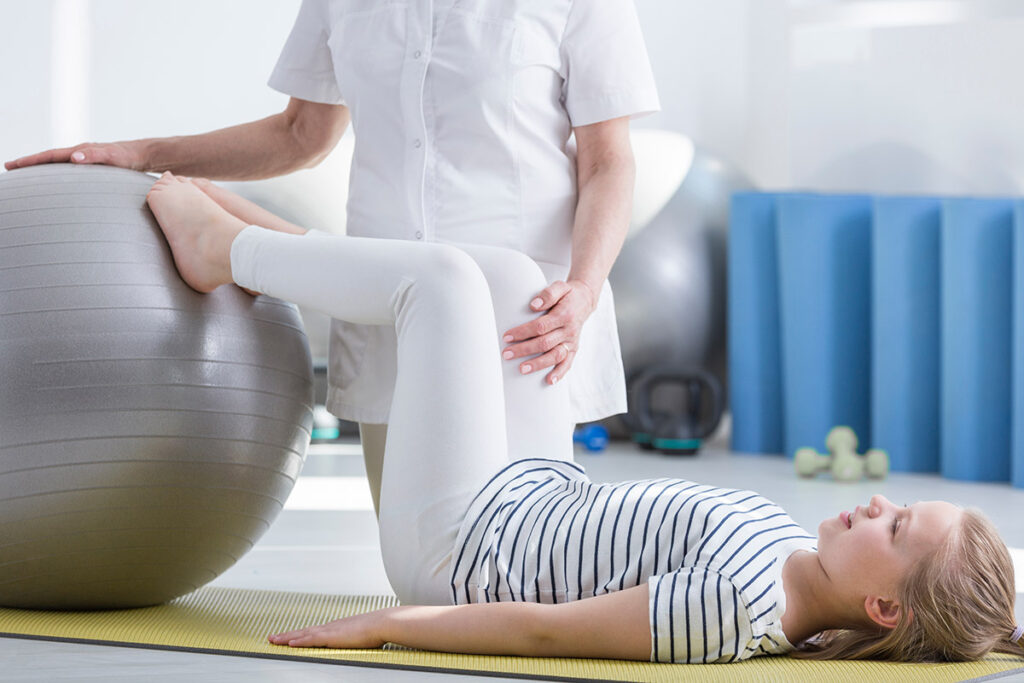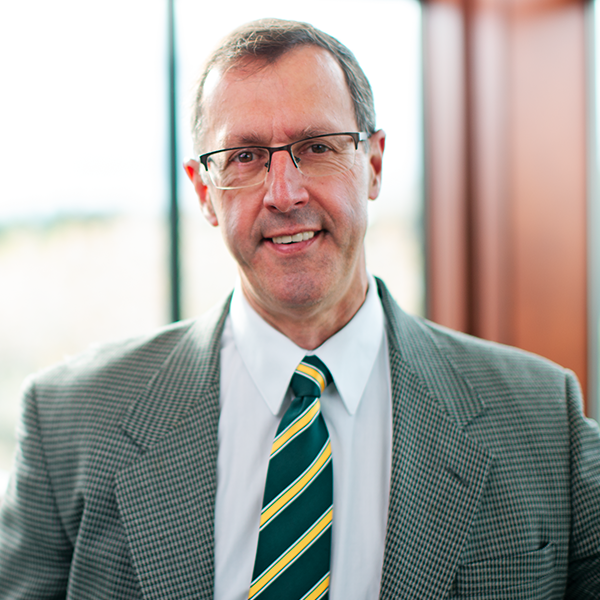
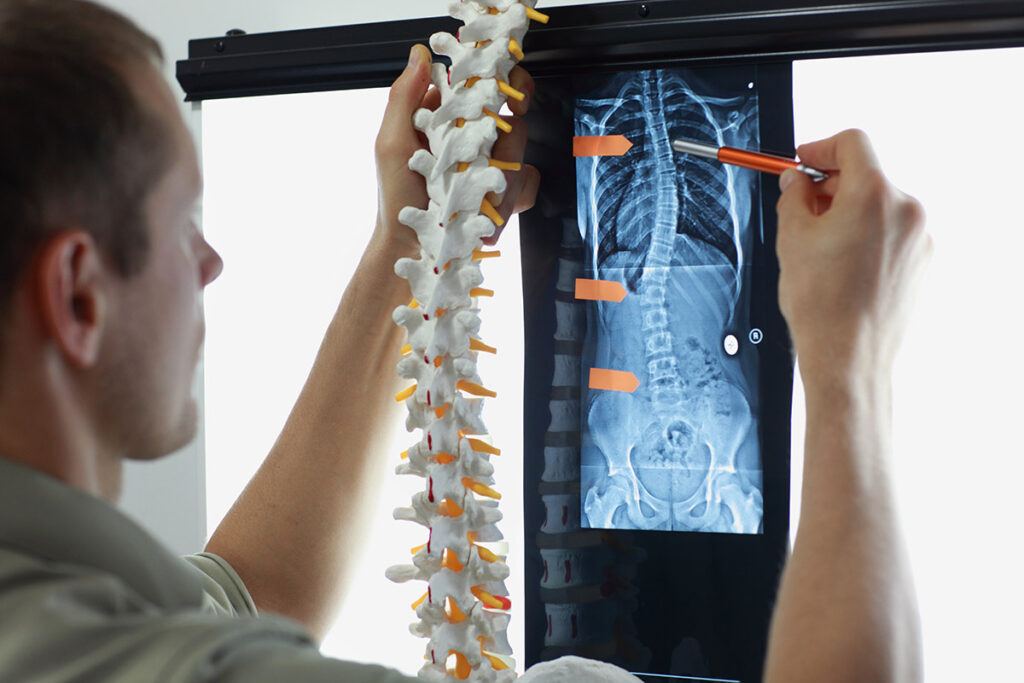
Scoliosis
GENERAL INFORMATION
Scoliosis is a condition where the spine curve sideways. The spine, when viewed from behind, looks straight. But in people with scoliosis, the spine is curved in a C or S shape – often giving the appearance that one shoulder is higher than the other. Since the curving of the spine in scoliosis is gradual, it does not cause any pain. However, the curvature can increase when left untreated, causing symptoms such as muscle weakness and back pain – making early diagnosis and intervention key.
How is Scoliosis Diagnosed?
X-ray is the primary scoliosis diagnostic tool. If the angle of the sideways spinal curve is 10 degrees or more (also known as Cobb’s angle), the person is diagnosed with scoliosis.
If the curve is less than 25 degrees, the scoliosis is classified as mild. If it’s more than 25 degrees, it is considered moderate. Beyond 40 degrees, surgery is needed to avoid deformity and difficulties.
If the person’s symptoms suggest that the curved spinal column is compressing the spinal cord, the doctor will suggest MRI or CT scans to confirm.
Types of Scoliosis: Who Gets Scoliosis and What Causes It?
Different factors cause different types of scoliosis. Below, we start with the most common type of scoliosis.
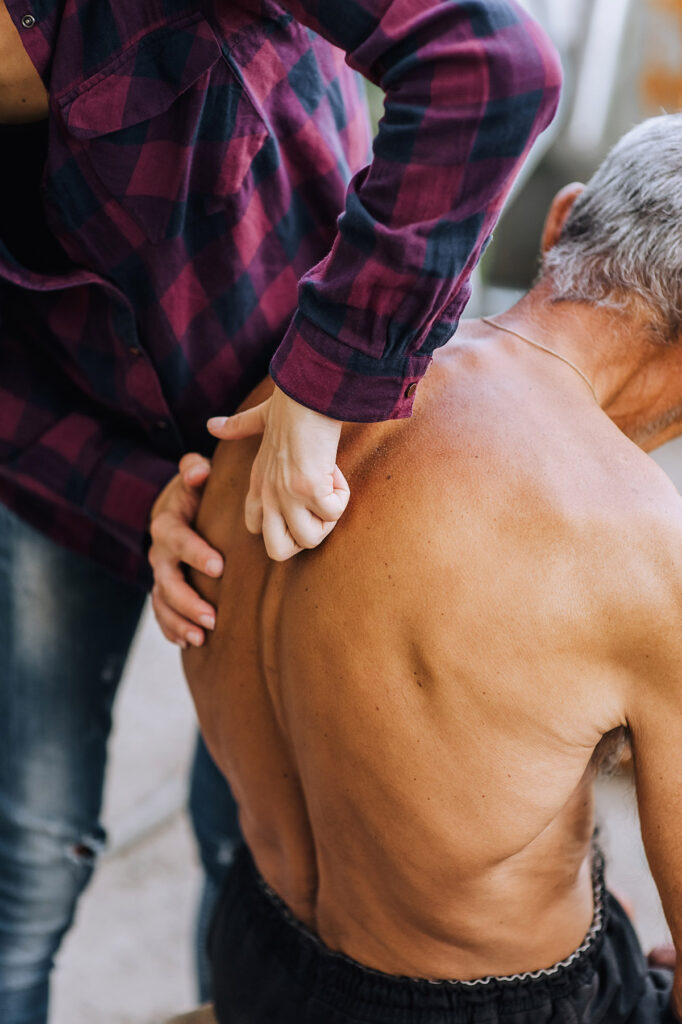
Neuromuscular Scoliosis
A child with an underlying neuromuscular condition can develop scoliosis due to muscle imbalance.
Similar to congenital scoliosis, this type of scoliosis is monitored as it can develop severely during growth spurts. However, children at the later stages of growth are less at risk of developing severe scoliosis.
Congenital Scoliosis
Congenital scoliosis is caused by the abnormal development of the spinal column during the fetal stage.
In some cases, this type of scoliosis is observed during early infancy. But in most cases, the outward signs are noted later in childhood.
This scoliosis is monitored as the curve can worsen during growth spurts.
Adolescent Idiopathic Scoliosis
The cause of scoliosis is unknown for more than 80% of cases. This condition is called idiopathic scoliosis. Its risk factors include:
- Typically begins during adolescence
- Both sexes are at risk during this age of developing mild scoliosis
- Girls have a higher risk of curve progression and requiring intervention
- Can be present in the family medical history
If children aged two years and younger develop this type of scoliosis, it is called infantile idiopathic scoliosis.
What Parents Need to Know About Childhood or Adolescent Idiopathic Scoliosis
If parents notice that their child’s shoulder is higher than the other, the child may have scoliosis. As mentioned above, idiopathic scoliosis is common. Here are three things parents need to know before their child visits the doctor.
Early Diagnosis Leads to Better Monitoring of the Curvature
Growth spurts can worsen scoliosis. Major growth spurts happen during adolescence. It happens in girls at ages 8-13 and boys at ages 10-15.
If the child’s scoliosis is diagnosed before growth spurts can occur, a treatment plan can be prepared to prevent the scoliosis progression. Scoliosis of 30 degrees and more can increase rapidly without intervention, leading to a need for surgical correction in the future.
Early Diagnosis Leads to Easier Management of Scoliosis
Growing children can wear a brace to support their back if the scoliosis curve is 25 degrees and more. The brace can prevent scoliosis curvature from worsening and hopefully prevent kids from needing spinal fusion surgery.
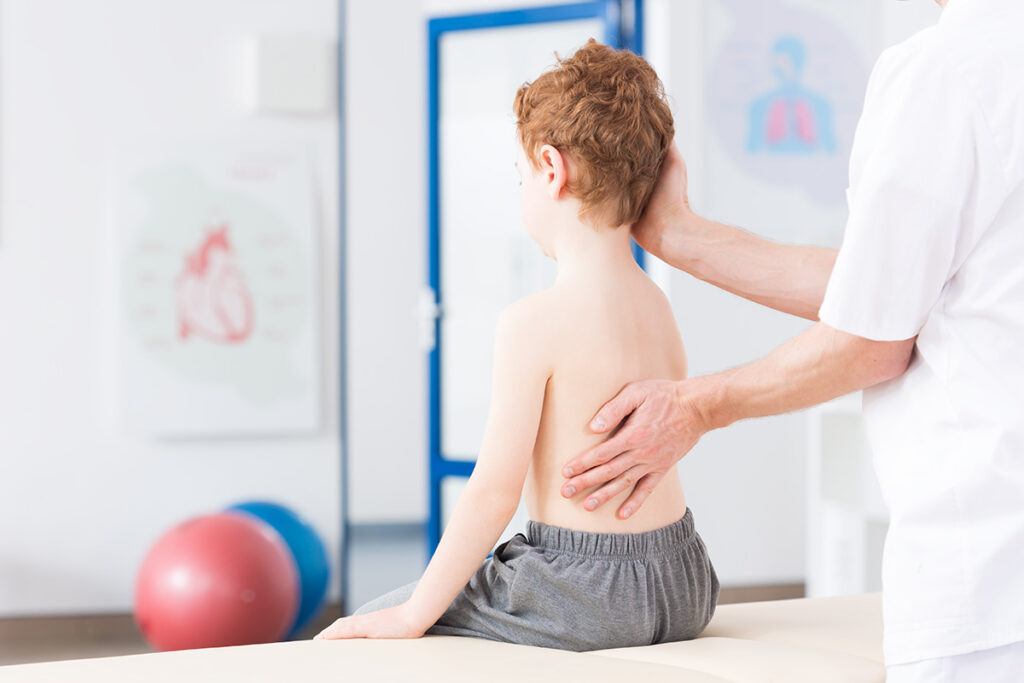
Beyond 40 Degrees of Scoliosis Curve Despite Bracing may Require Surgery
Suppose bracing cannot prevent the scoliosis progression of a growing child. In that case, surgery can be recommended before scoliosis reaches 45 degrees in curvature -significantly if the benefits outweigh the risks. See our section on surgical treatments below to know more.
Living with Adult Scoliosis
Adult scoliosis can exist during their youth or develop due to degenerative conditions such as spinal osteoporosis or arthritis.
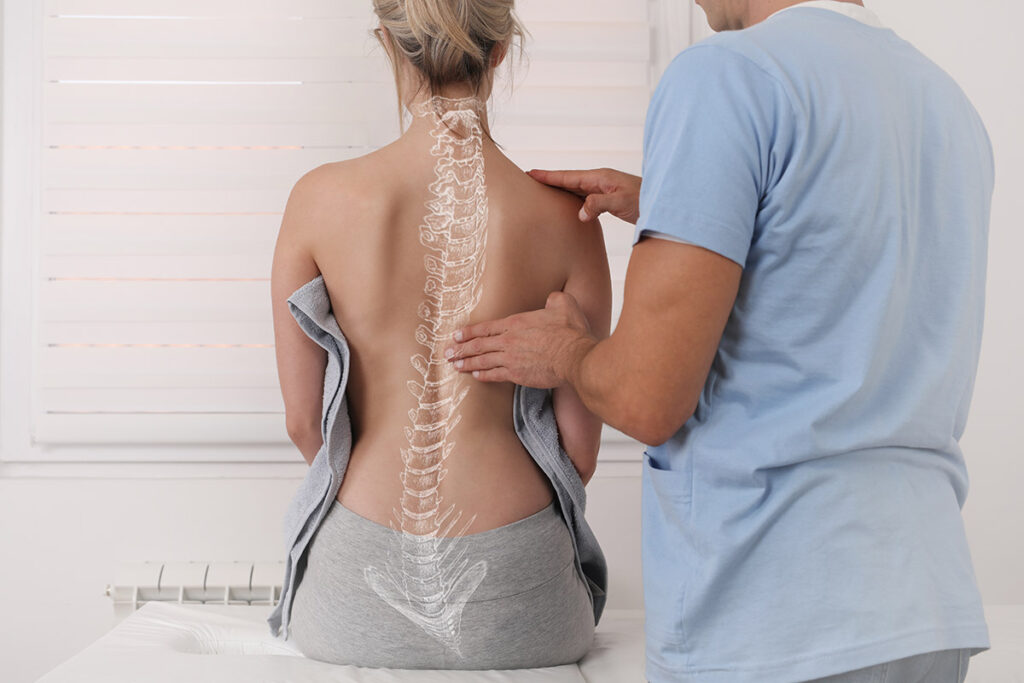
Can Scoliosis be Corrected or Fixed
Scoliosis in juvenile and adult stages can be corrected, but it cannot be fixed or cured. Correcting the scoliosis curve is possible with treatment as close to its date of diagnosis. Then the corrected curve must be maintained with proper management because scoliosis is progressive with age.
When to See a Doctor
Scoliosis has better results in treatment when intervened early. See a doctor when you experience the following:
- Back or leg pain
- Shooting or stabbing pain down your leg or back
- Balance problems
- Progressive height loss
Does Adult Scoliosis Get Worse with Age
Adult scoliosis can worsen even if the person has stopped growing or reached skeletal maturity. The average rate of curvature increase in adults is estimated to be 0.82 degrees in a year. This may not seem much until the cumulative years later affect the spine.
The progressive curvature compresses the spine and affects the surrounding tissues, such as the spinal cord, the nerves, and the surrounding muscles. This is why scoliosis is often painless when the person is younger and experiences pains as they get older.

Scoliosis and Pain
Scoliosis has a cascade effect on the spine. It can compress the spinal column and, in turn, the spinal cord and nerves. The stress of scoliosis can also wear the bones, discs, and ligaments down. This wearing down can make the muscles make more effort to support the spine. Overworked muscles then become tight and painful.
FAQ
Yes, scoliosis can cause back pain from compressing the bones or joints. It can pinch the nerves coming out of the spinal column or pressure the spinal cord. Scoliosis can fatigue and stress muscles from holding the spine in the correct position.
While rare, scoliosis can cause sciatica when it pinches the nerve root. When the compressed spinal column pinches on the nerve root, pain shoots in the lower back, the hip, and the outer side of the leg.
Yes, untreated scoliosis can later affect the cervical portion of the spinal column. It causes muscle strain from holding the spine in an unnatural curve, including the muscles on the shoulders and neck. The tensed neck muscles can cause tension headaches.
Severe scoliosis can contort the rib cage and the thoracic spine. This contortion can cause muscle spasms in the chest and back. It also causes difficulty breathing and, in the worst scenarios, affects the pulmonary blood flow.
Treating Scoliosis: Non-Surgical Approaches and Pain Management
The goal of treating scoliosis is to:
- Stop the worsening of the curve.
- Correct it as close as possible.
- Maintain the results.
Non-surgical approaches will depend on the person’s age and the curvature of their scoliosis.
Casting
Casting is used for infantile scoliosis to help the baby’s spine grow more straightened.
Bracing
Bracing is for people with 25-40 degrees of scoliosis curve. The goal of bracing for children and adolescents with scoliosis is to prevent further curvature of the scoliosis. Braces must be worn 13-16 hours daily in this type of scoliosis.
The goal of bracing for adults with scoliosis is to manage pain and prevent further unnatural curvature of the spine. Adults can wear braces for 4-12 hours. But most wear them for 6 hours later in the day when gravity is fully weighing on the spine.
Physical Therapy
Physical therapy benefits both adults and minors with scoliosis. Stretching exercises prevent muscle spasms in the back. Strengthening exercises prevents muscle imbalance that can worsen the posture. Spinal mobility helps prepare for bracing treatment and improve bracing compliance.
Physical therapy can include exercises that improve a person’s respiratory and physical capacity affected by scoliosis. While people with mild scoliosis will not need bracing, they can benefit from prescribed exercises and being physically fit to prevent increasing scoliosis curvature.
Scoliosis Surgery: When and How it's Performed
Surgery is only recommended by doctors if the benefits outweigh the risks. Severe scoliosis of more than 40 degrees can affect lung capacity, impinge nerves and cause curvature in other parts of the spinal column.
Risks include:
- Paralysis of the lower body and legs from nerve damage
- Blood loss
- Failure of the spine to fuse
- Infection
- Spinal fluid leakage
Benefits of scoliosis surgery include:
- Prevent scoliosis curve progression. Through surgical methods such as spinal fusion, the spinal vertebrate column can stop the worsening of the curvature.
- Reduce spinal deformity. Surgical intervention can de-rotate the vertebrate columns affected by scoliosis and re-align the spine from its sideways curve by 50-70%
- Maintain natural spinal curve and trunk balance. Surgery can prevent the latter effects of scoliosis of lordosis and kyphosis.
The most common surgical procedure for scoliosis is spinal fusion. Rods are used to reposition the spinal column vertebrates. They are then held by hooks and screws applied to the spine together with bone grafts to fuse the two vertebrates.
Specialized Care for Scoliosis Patients
Being diagnosed with scoliosis can be intimidating, especially its progressive nature. However, at Province Puget Sound Orthopaedics, we are here to walk with you during your journey and provide a patient-centered approach along with state-of-the-art facilities and equipment for scoliosis correction. With a highly qualified team of surgeons and physician’s assistants, we provide specialized care to achieve your goal of stopping scoliosis from affecting your daily life. Please schedule an appointment with us to start today.
